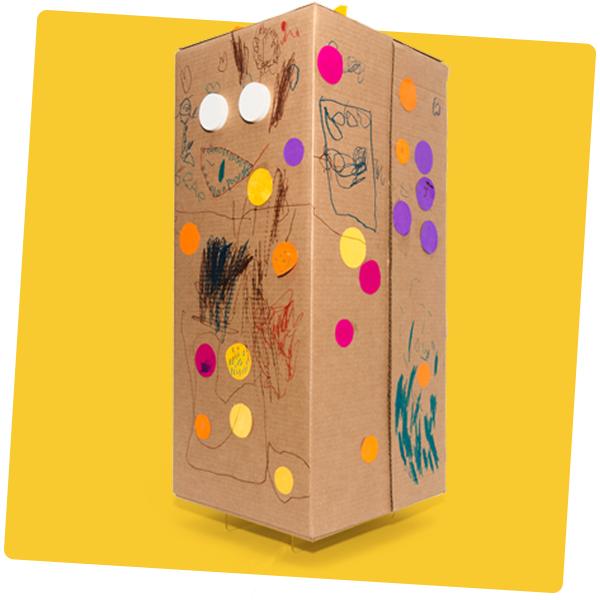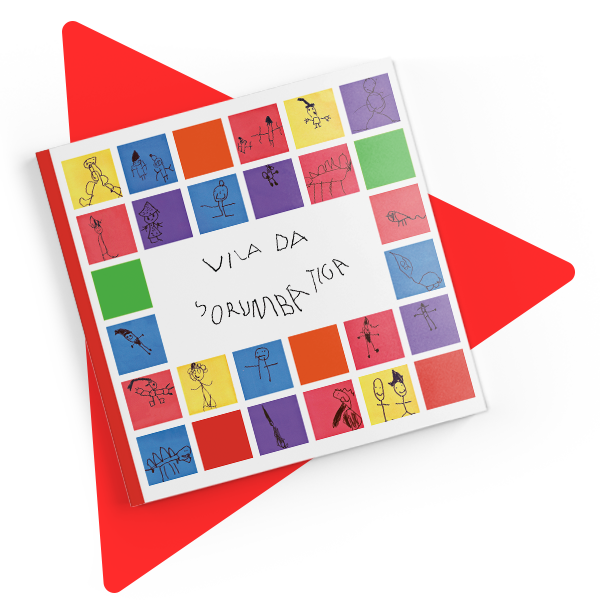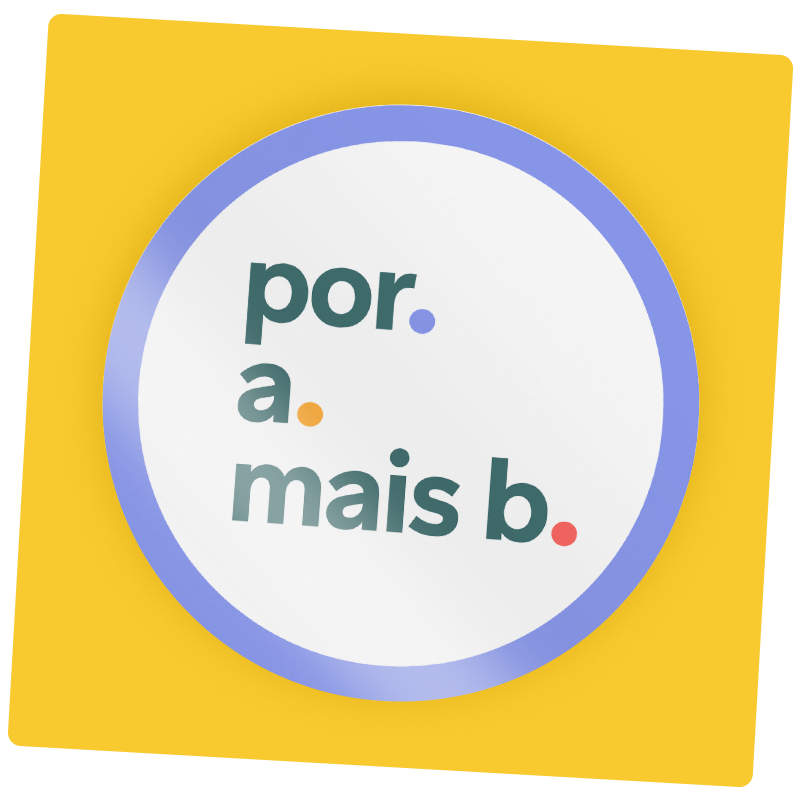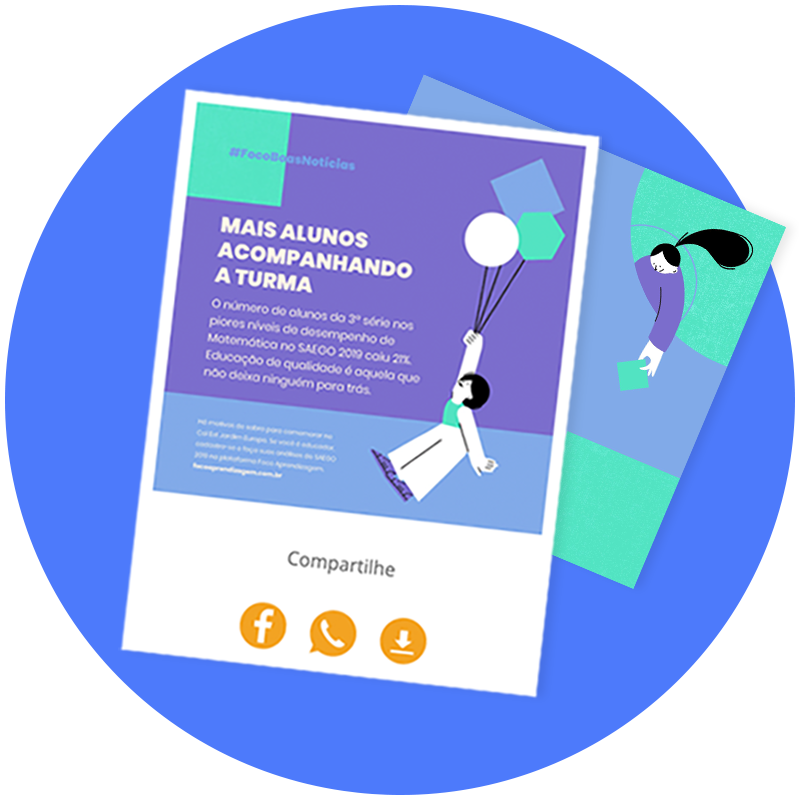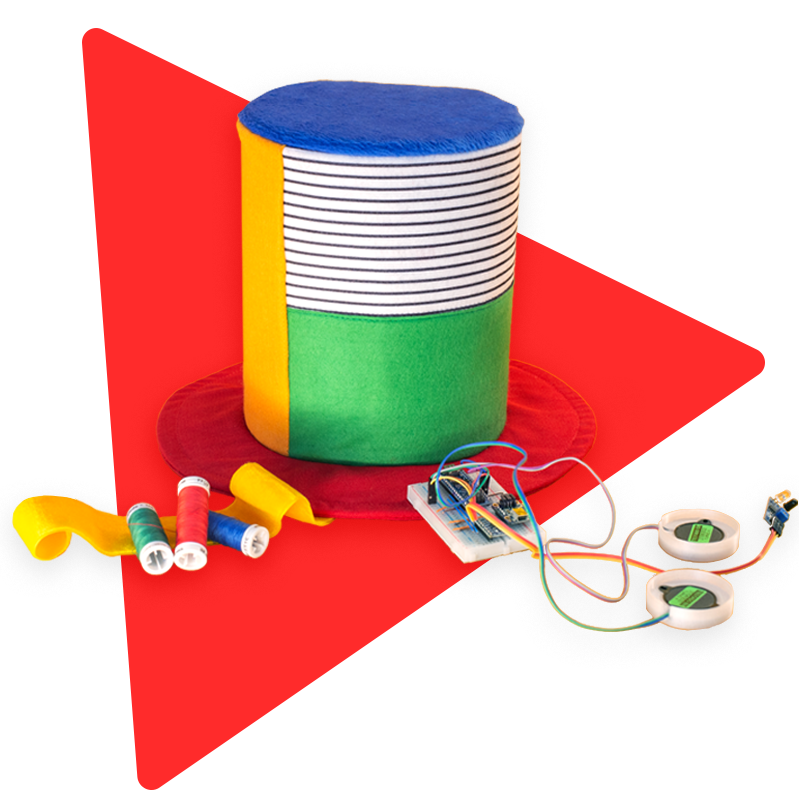Hi! Langee integrates language learning into daily life with curated activities, raising oral proficiency while fostering emotional bonds and cultural sensitivity.
We’ve just wrapped up our demo. Interested in testing? Let me know!
How it works
Young children need a caring adult to regularly speak, interact, and play with them in their heritage language to build oral proficiency. Hi! Langee supports parents with science-backed activities and ideas for daily use, encouraging more frequent heritage language practice at home. To do that, the app collects contextual information from parents to generate personalized suggestions and send reminders for consistent practice.
Tailored experience
The onboarding process sets the foundation for the prompts and activity suggestions parents will receive in Hi! Langee. It collects essential details like the family's language, interests, and daily routines, which informs culturally sensitive and contextually relevant prompts.
Language + Interests + Routine =
Culturally sensitive and context-rich prompts
AI generates, parents curate
Through just-in-time notifications, parents are reminded to practice and receive new ideas. In the app, they can also curate the context-rich activities based on their child’s interests, age, and routines, fostering meaningful conversations.
Just-in-time notifications play a crucial role in keeping the practice going. Hi! Langee integrates with other apps, like Google Calendar, making it easier to incorporate language practice into parents' daily routines and build on their existing habits.
How it all started
"I want to give her a gift (Spanish) that I have worked very hard to get, and I just want her to have it".
Ellie, Parent
Ellie, Parent
Hi! Langee was born from a shared interest between two designers and researchers, Anchal Sayal and myself, in creating solutions for parents. Earlier this year, at a bilingual parents forum at Stanford University, we met Ellie, who shared her challenges in raising a bilingual child in the US.
Like Ellie, many parents want to preserve their heritage language to maintain cultural and family ties but often feel frustrated when their children stop using it, especially as they grow older and attend school in English-dominant environments. Consistent exposure is crucial for developing proficiency in a heritage language.
32%
of children aged eight and under in the United States live in households where at least one parent speaks a language other than English. Chung et al. (2019)
To understand the challenges faced by parents raising bilingual kids, we have been working closely with a small group of three parents, with different backgrounds in terms of culture, beliefs about language, and needs.
Parents’ routines
The first step we took to explore this problem was understanding parents' existing practices and routines around heritage language learning. We conducted a 5-day diary study, which included:
1. Pre-study interviews: 30-minute in-depth conversations.
2. Audio reflections: Parents shared their thoughts via WhatsApp, responding to prompts.
3. Post-study interviews: 30-minute follow-up conversations focused on key reflections from the diary study.
While coding the interviews, we identified two main categories: enablers and disablers of heritage language practice. Three key themes emerged: parents' ability to remember practice amid busy days, moments where they intentionally included language practice, and their beliefs about how children should communicate, which influenced their persistence.
Testing the solution
Based on insights from our diary study, we designed the first version of our solution to test the key interaction: sending timely prompts to parents. The core metrics we aimed to measure were:
Frequency: Will parents increase interactions in the heritage language?
Agency: Will parents develop new language practices?
Persistence: Will this experience influence parents' beliefs about bilingualism?
To test this, we designed a study with the following steps:
1. Routines: We mapped parents' routines through a diary study and interviews.
2. Moments: Parents selected specific moments in their day to receive prompts.
3. Prompts: These prompts were delivered to parents via WhatsApp.
4. Feedback: Parents shared their reactions to the prompts and reflected on the overall experience.
Key learnings
Parents created more moments for interactions. Despite the small sample size, both parents created more opportunities for heritage language practice when comparing their routines before and after using the app.
Prompts inspired new practices and reflections. Prompts also inspired parents to repurpose existing practices and even locations, as illustrated by the quotes from Roy and Ellie:
"It was interesting for me because I never sort of imagined playing a game that we usually play I Spy and then kind of incorporating Tamil into that".
Roy, Parent
Roy, Parent
"I think it was really fun to have an idea about using the I Spy game. We've done that just while we're waiting in line and waiting for things. I've never really thought about doing it in the car".
Ellie, Parent
Ellie, Parent
Moving forward...
As a next step, we're envisioning a section where parents can learn from other families' stories, and share their own experiences. This will be complemented by research-backed insights about bilingualism. We're also developing tools to help measure and celebrate their progress.
Want to know more about the project?
Visit our website!
My role
Product Design
Video
Website
Research (+ Anchal Sayal)








